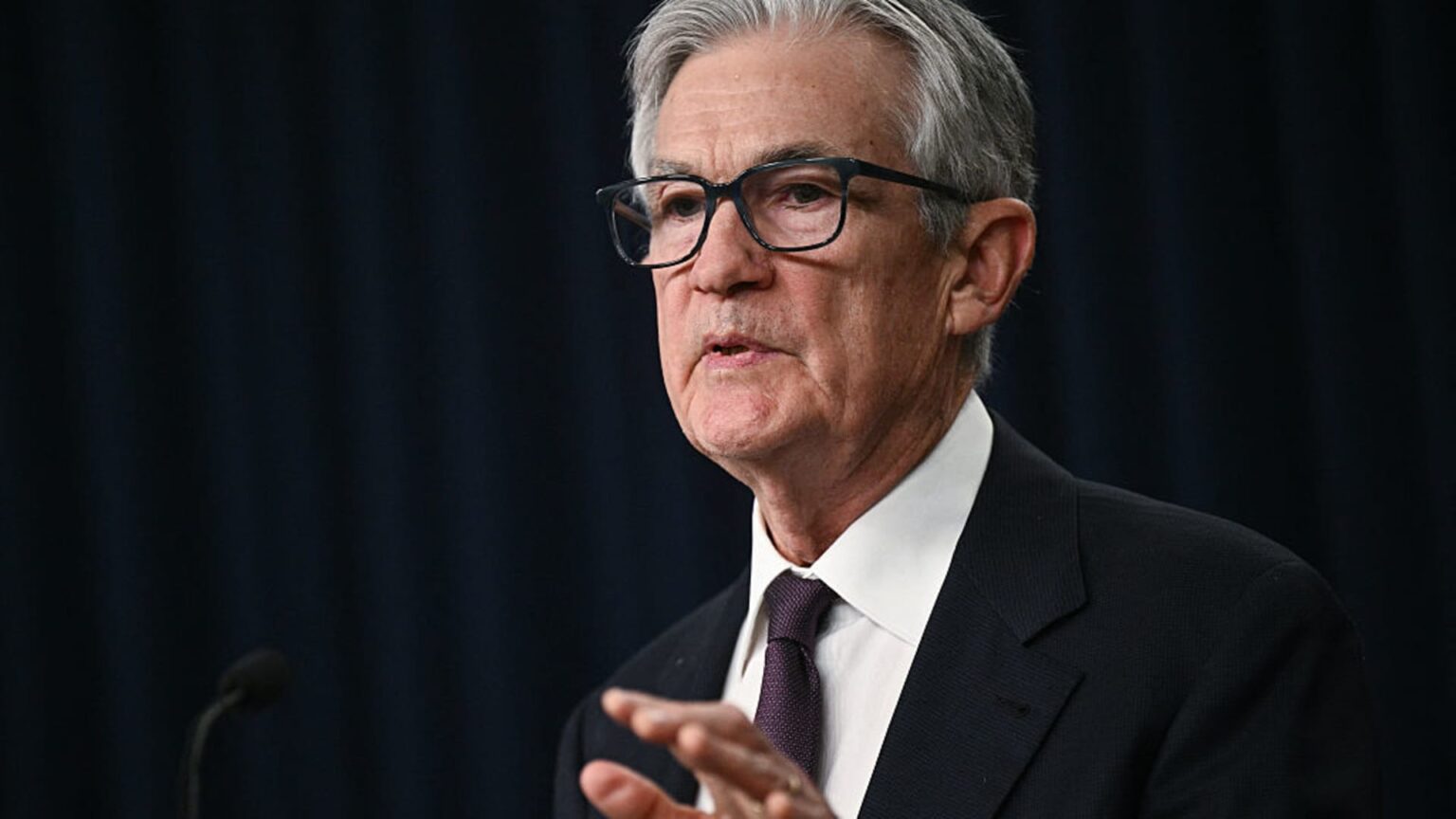Federal Reserve Chair Jerome Powell said Thursday that longer-term interest rates are likely to be higher as the economy changes and policy is in flux.
In remarks that focused on the central bank’s policy framework review, last done in the summer of 2020, Powell noted that conditions have changed significantly over the past five years.
During the period, the Fed witnessed a period of surging inflation, pushing it to historically aggressive interest rate hikes. Powell said that even with longer-term inflation expectations largely in line with the Fed’s 2% target, the era of near-zero rates is not likely to return anytime soon.
“Higher real rates may also reflect the possibility that inflation could be more volatile going forward than in the inter-crisis period of the 2010s,” Powell said in prepared remarks for the Thomas Laubach Research Conference in Washington, D.C. “We may be entering a period of more frequent, and potentially more persistent, supply shocks — a difficult challenge for the economy and for central banks.”
The Fed held its benchmark borrowing rate near zero for seven years following the financial crisis in 2008. Since December 2024, the overnight lending rate has been in a range between 4.25%-4.5%, most recently trading at 4.33%.
The “supply shocks” remarks are similar to those Powell has delivered over the past several weeks cautioning that policy changes could put the Fed in a difficult balancing act between supporting employment and controlling inflation.
Though he did not mention President Donald Trump’s tariffs in his Thursday remarks, the central bank chief in recent days has noted the likelihood that tariffs will slow growth and boost inflation. However, the extent of either impact is difficult to gauge, particularly as Trump recently has backed off the more aggressive duties pending a 90-day negotiating window.
Nevertheless, the Fed has been reluctant to ease policy after cutting its benchmark rate by a full percentage point last year.
Looking back and forward
As for the ongoing framework review, the Fed will seed to develop a five-year plan for how it will guide decisions and the way the moves will be relayed to the public.
Powell said the process this time will look at a number of factors.
They include the way the Fed communicates its expectations for the future, while also entailing a look back at ways it can adjust the last review.
During the tumult of the summer of 2020, the Fed announced a “flexible average inflation target” approach that would allow inflation to run a little hotter than normal in the interest of providing full and inclusive employment. However, inflation targeting soon became a dead issue as prices soared in the wake of the Covid pandemic, forcing the Fed into a series of historically aggressive rate hikes.
The current review will look at how the Fed considers “shortfalls” in its inflation and employment goals.
Powell and his colleagues initially dismissed the 2021 inflation surge as “transitory” because of pandemic-specific factors. However, several Fed officials have said the 2020 framework adoption did not factor into their decision to hold rates near zero even as inflation was rising.
“In our discussions so far, participants have indicated that they thought it would be appropriate to reconsider the language around shortfalls,” he said. “And at our meeting last week, we had a similar take on average inflation targeting. We will ensure that our new consensus statement is robust to a wide range of economic environments and developments.”
Further addressing the idea of potential supply shocks and their policy impact, Powell said the review will focus on communication.
“While academics and market participants generally have viewed the [Fed’s] communications as effective, there is always room for improvement,” he said. “In periods with larger, more frequent, or more disparate shocks, effective communication requires that we convey the uncertainty that surrounds our understanding of the economy and the outlook. We will examine ways to improve along that dimension as we move forward.”
Powell did not give a specific date on when the review will be completed, only saying that he expects it in “coming months.” For the last review, Powell used his annual remarks at the Fed’s Jackson Hole, Wyoming retreat to outline the policy.
https://www.cnbc.com/2025/05/15/feds-powell-cautions-about-higher-long-term-rates-as-supply-shocks-provide-policy-challenges.html


